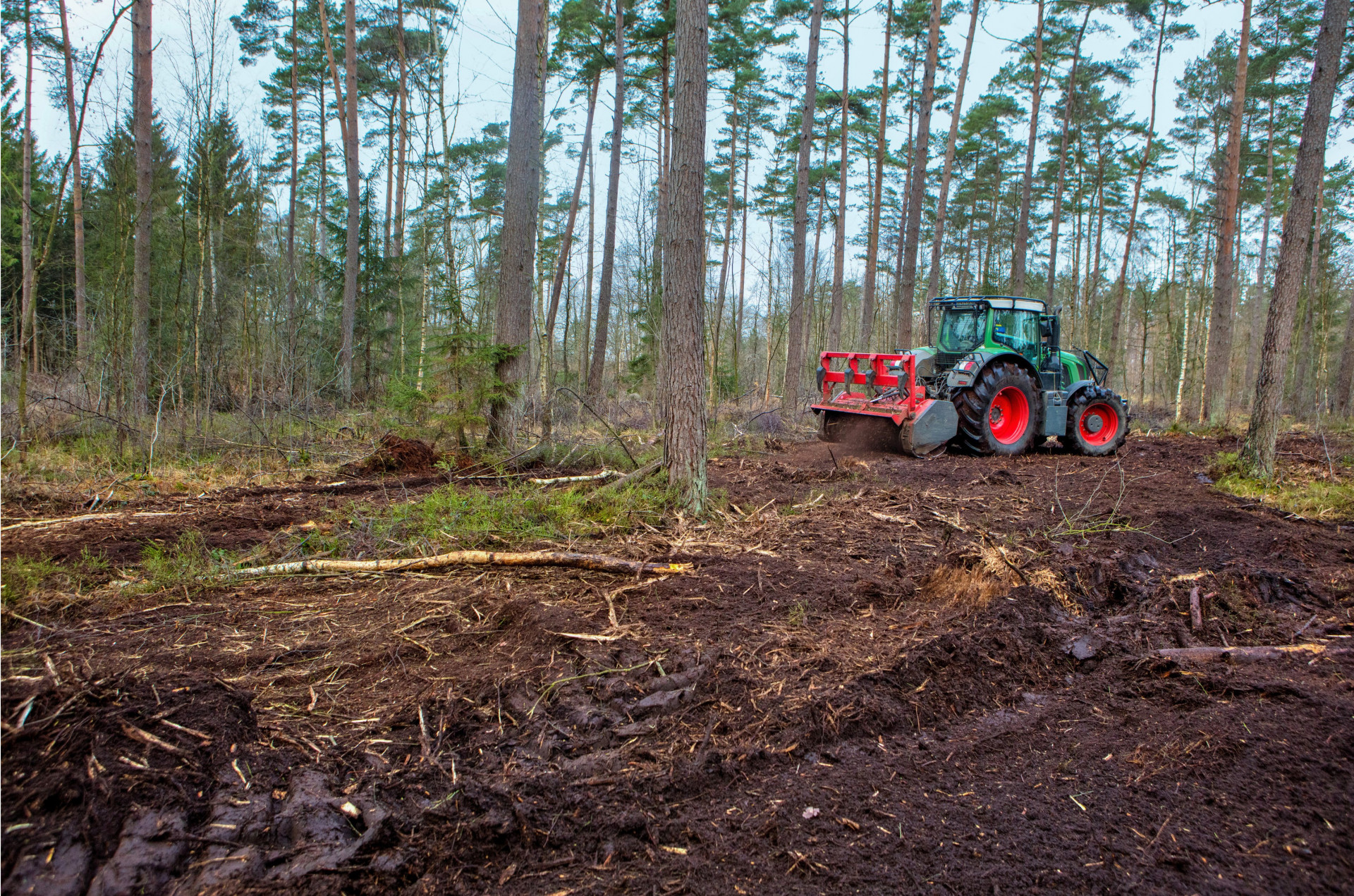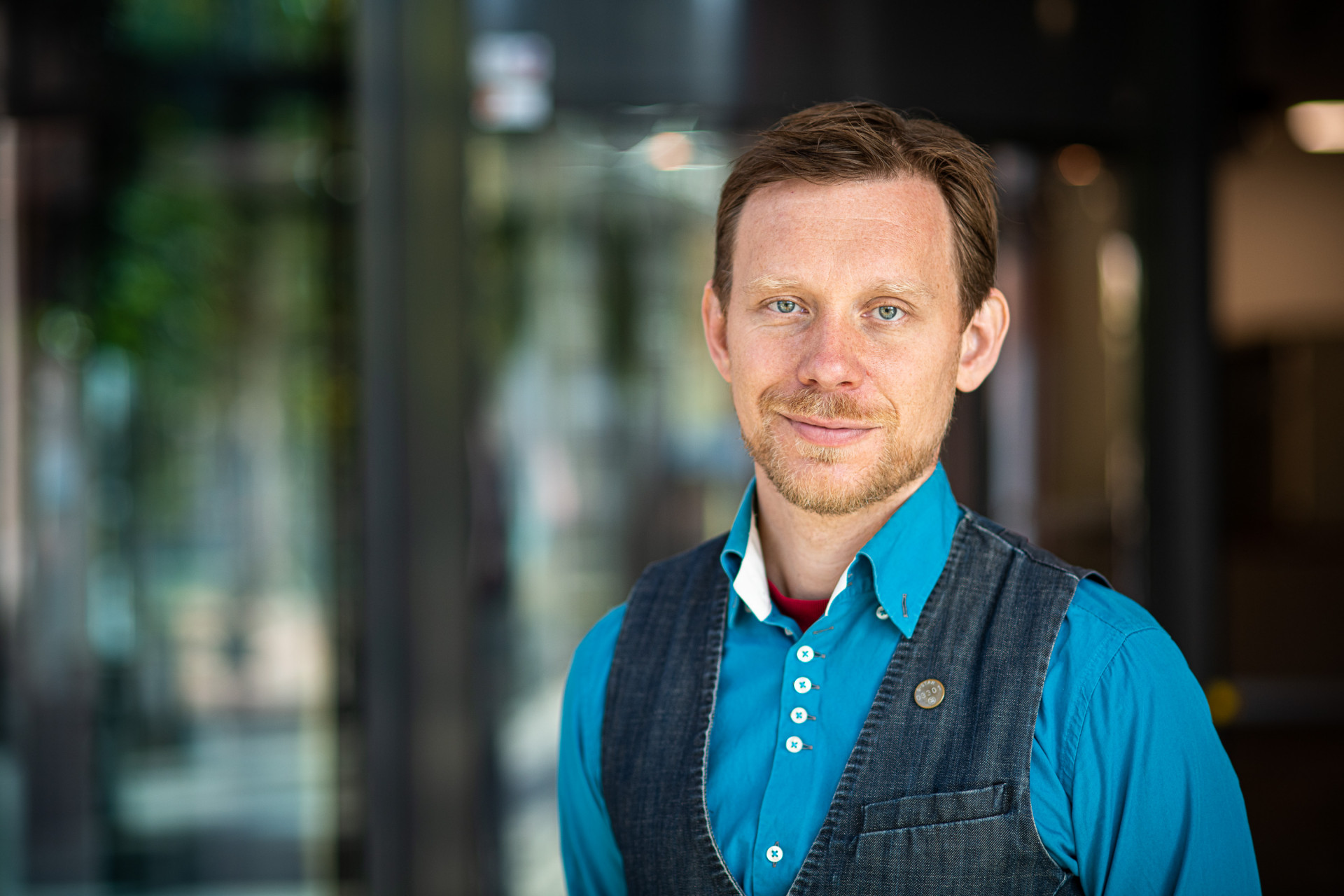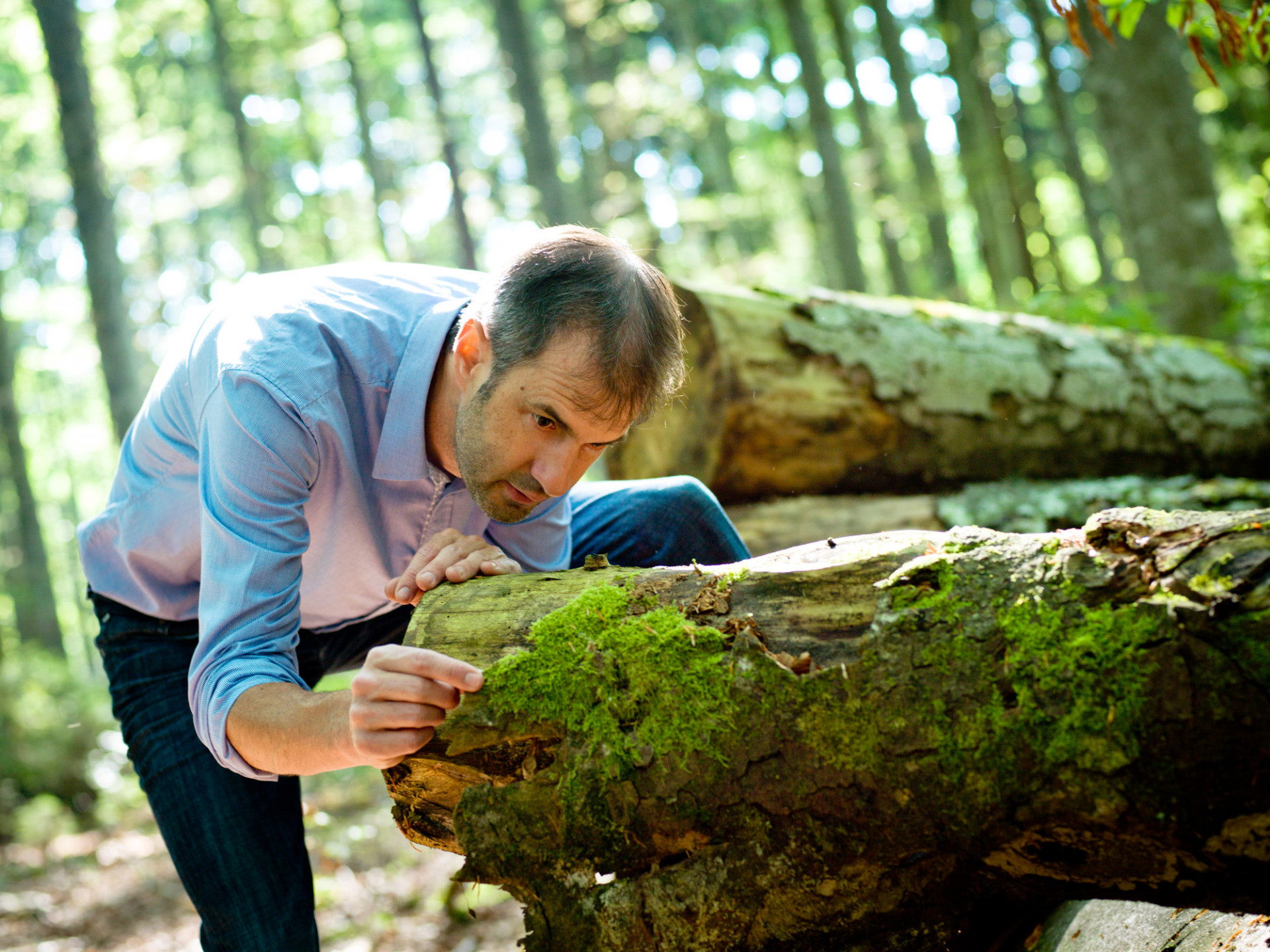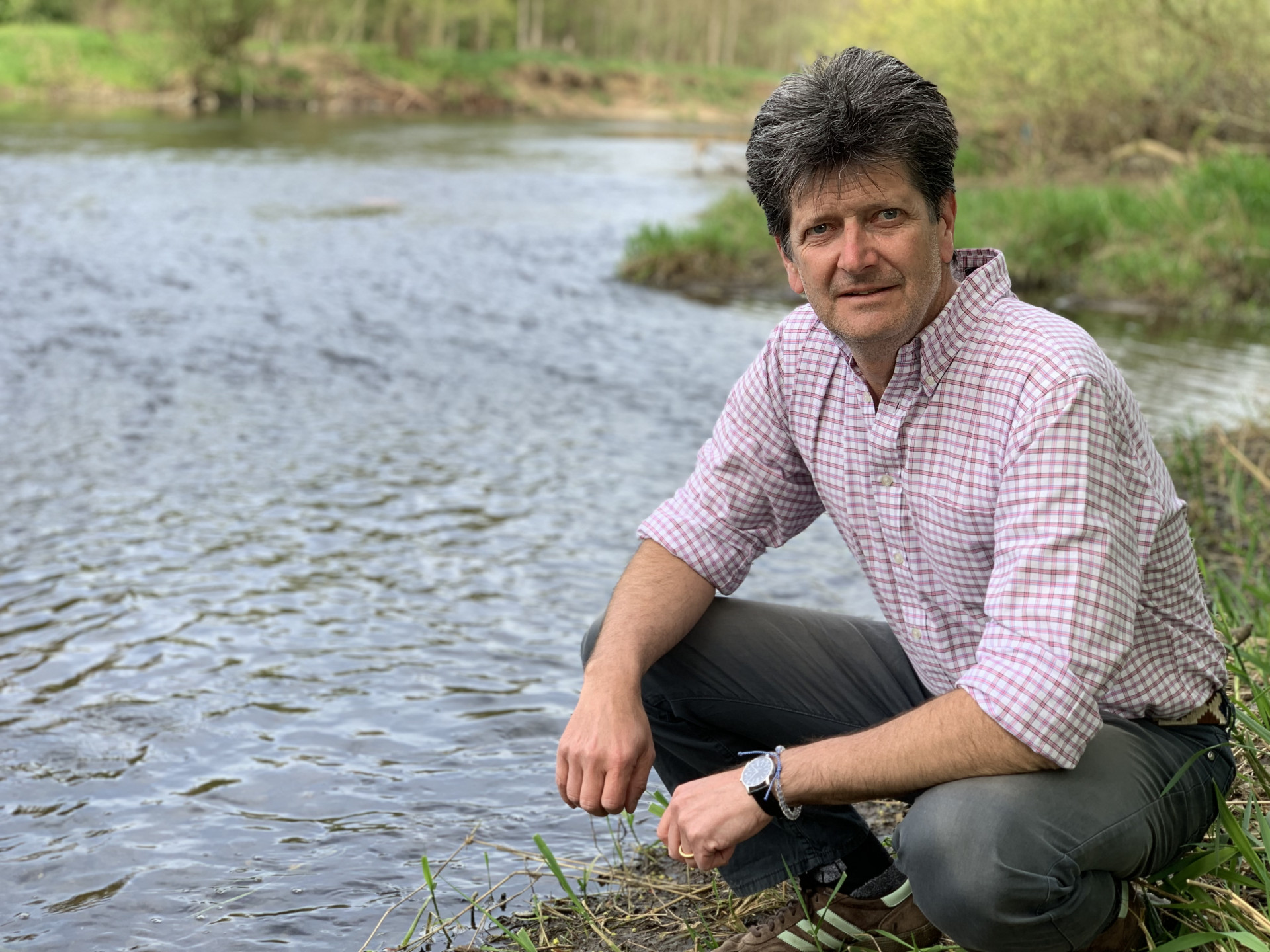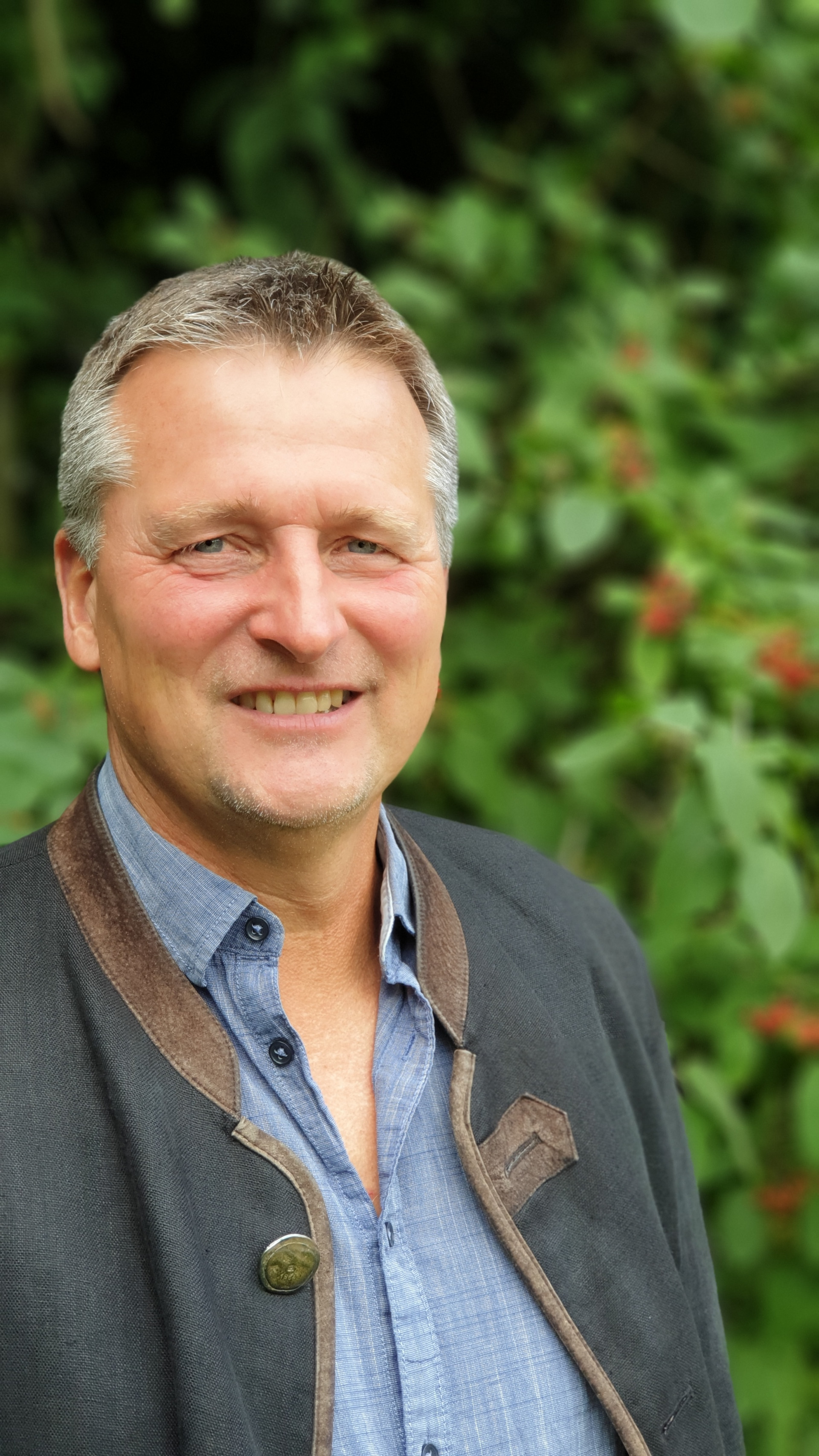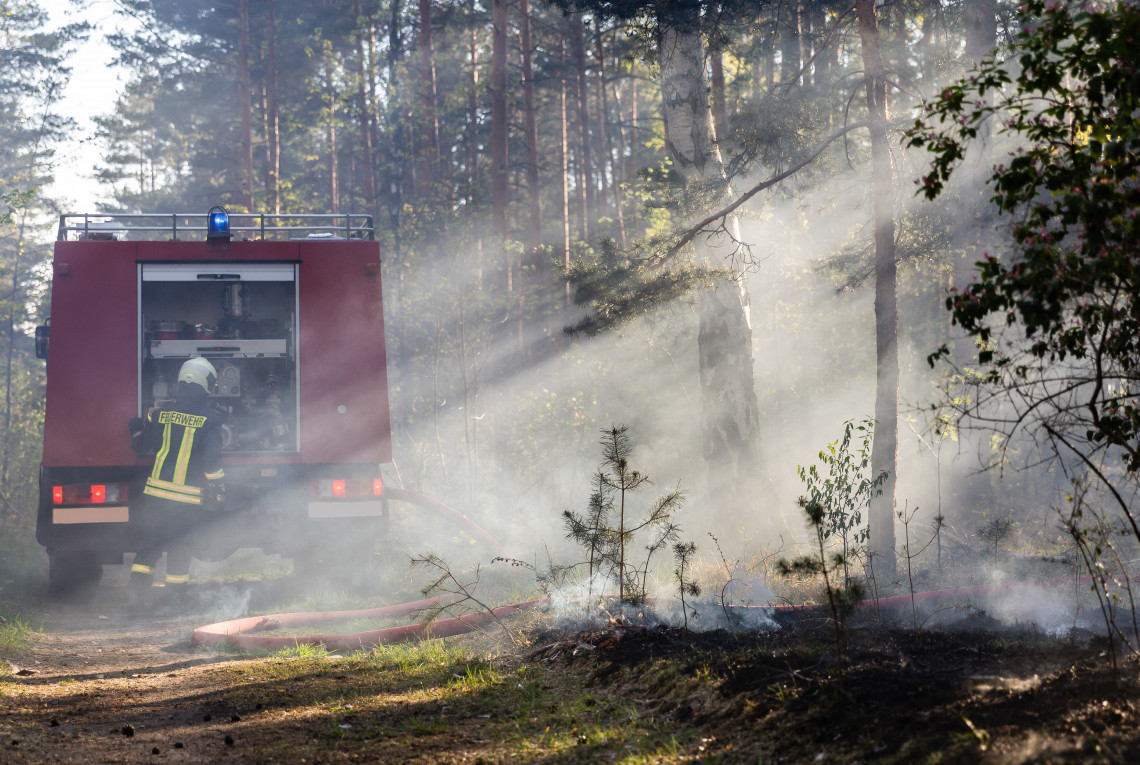Transformation instead of clean-up
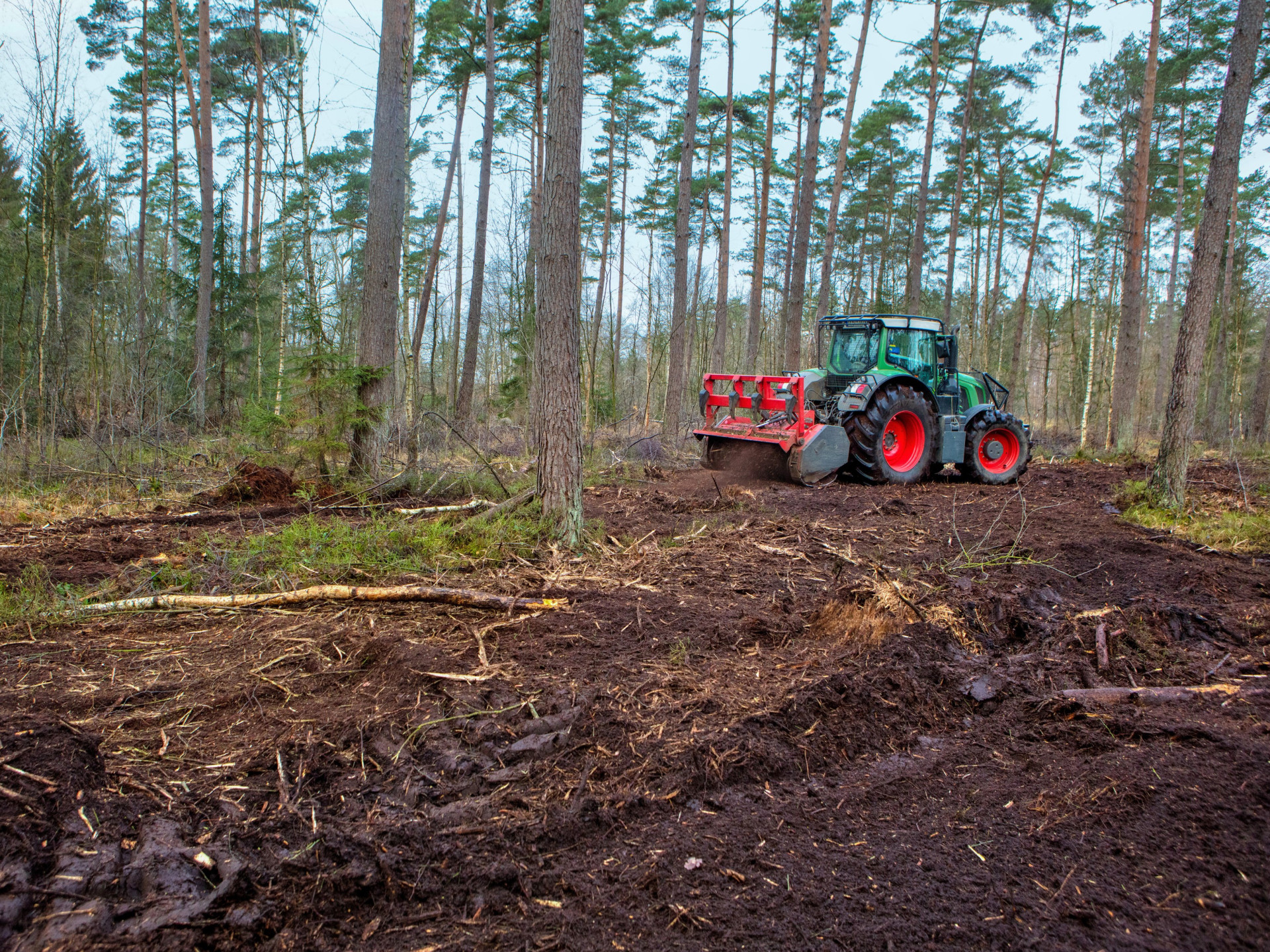
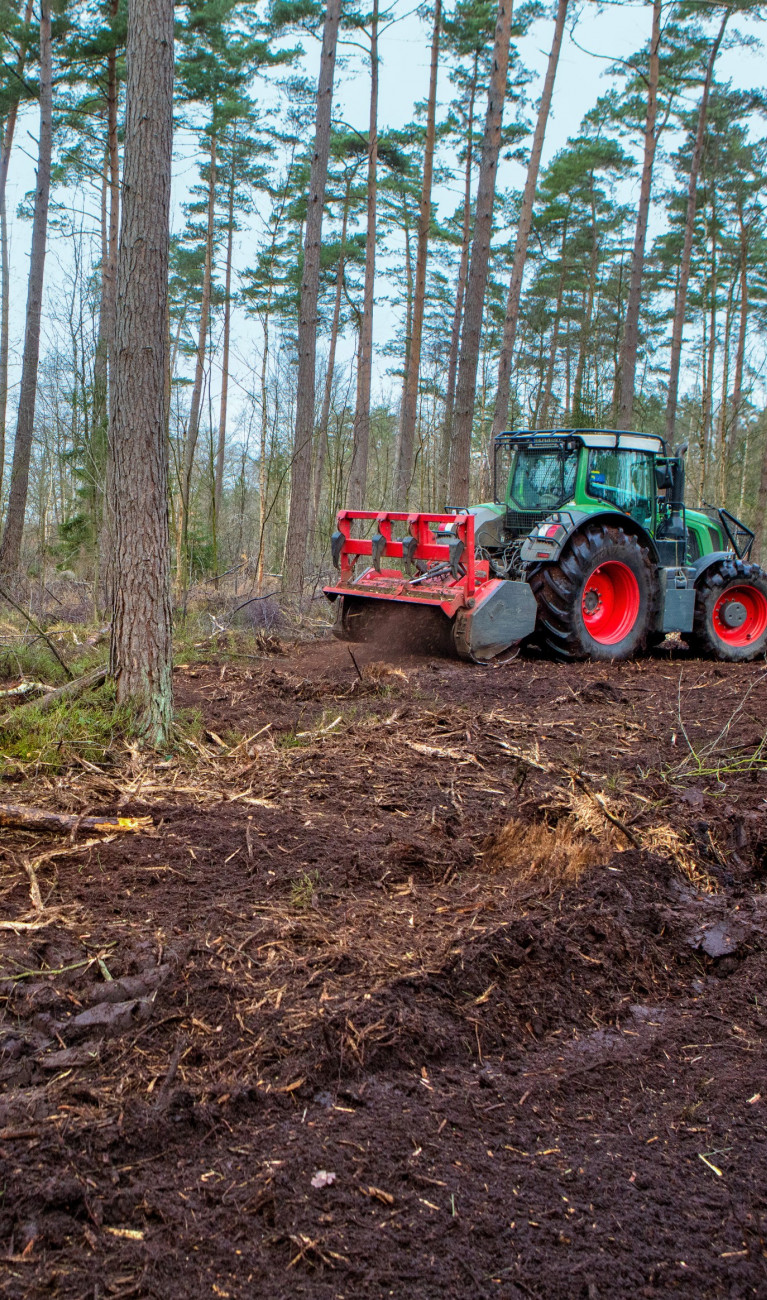
Our forests are valuable natural habitats. They make important contributions to climate protection and mitigate the human impact of climate change. But they are increasingly suffering from heat and drought. Scientists and companies that manage forests are working together on ideas for shaping the forests of the future.
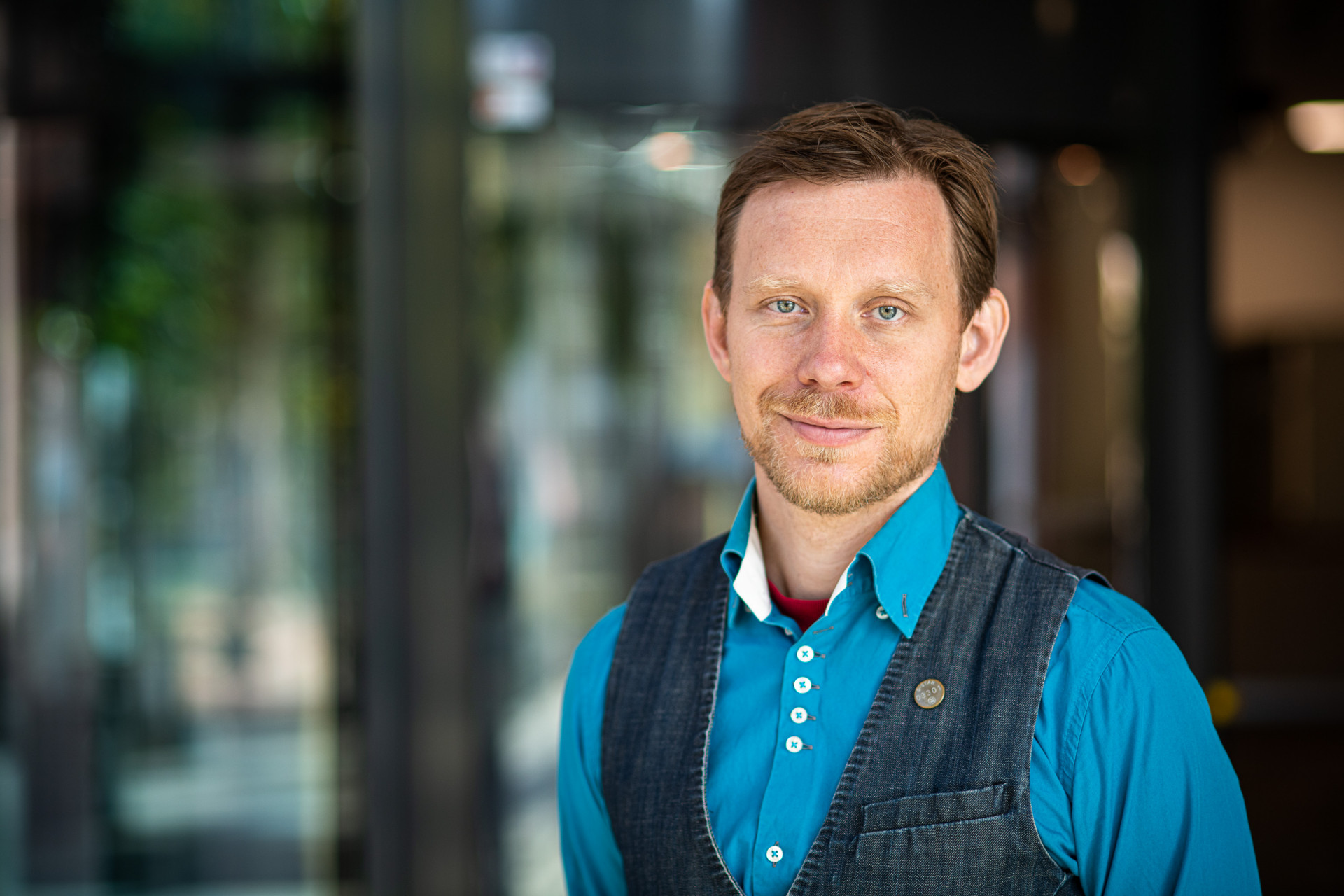

It was not a pretty sight. “About 380,000 hectares of German forest were killed off by the droughts of 2018 and 2019,” says Friedrich Bohn. “That’s about three percent of the overall area.” The percentage of overall forest covered by dead areas varies from year to year, but the number of trees that died in 2019 and 2020 was the highest in nearly thirty years. We need our forests as carbon sinks to counteract climate change. In Germany, forests absorb around seven percent of our annual total emissions. “To ensure that they can maintain their capacity as a carbon sink, above all we have to comply with the Paris Agreement,” warns Bohn, a researcher who works on computer modeling of forests at the Helmholtz Centre for Environmental Research (UFZ). So, in the best case, we have to avoid exceeding 1.5°C of warming, because the danger of forest fires isn’t the only thing that increases as it gets warmer. As temperatures rise, the forests can absorb less carbon dioxide. But the more of this greenhouse gas that remains in the atmosphere, the more it heats up our planet. “Every additional tenth of a degree worsens the situation for us and our forests.”
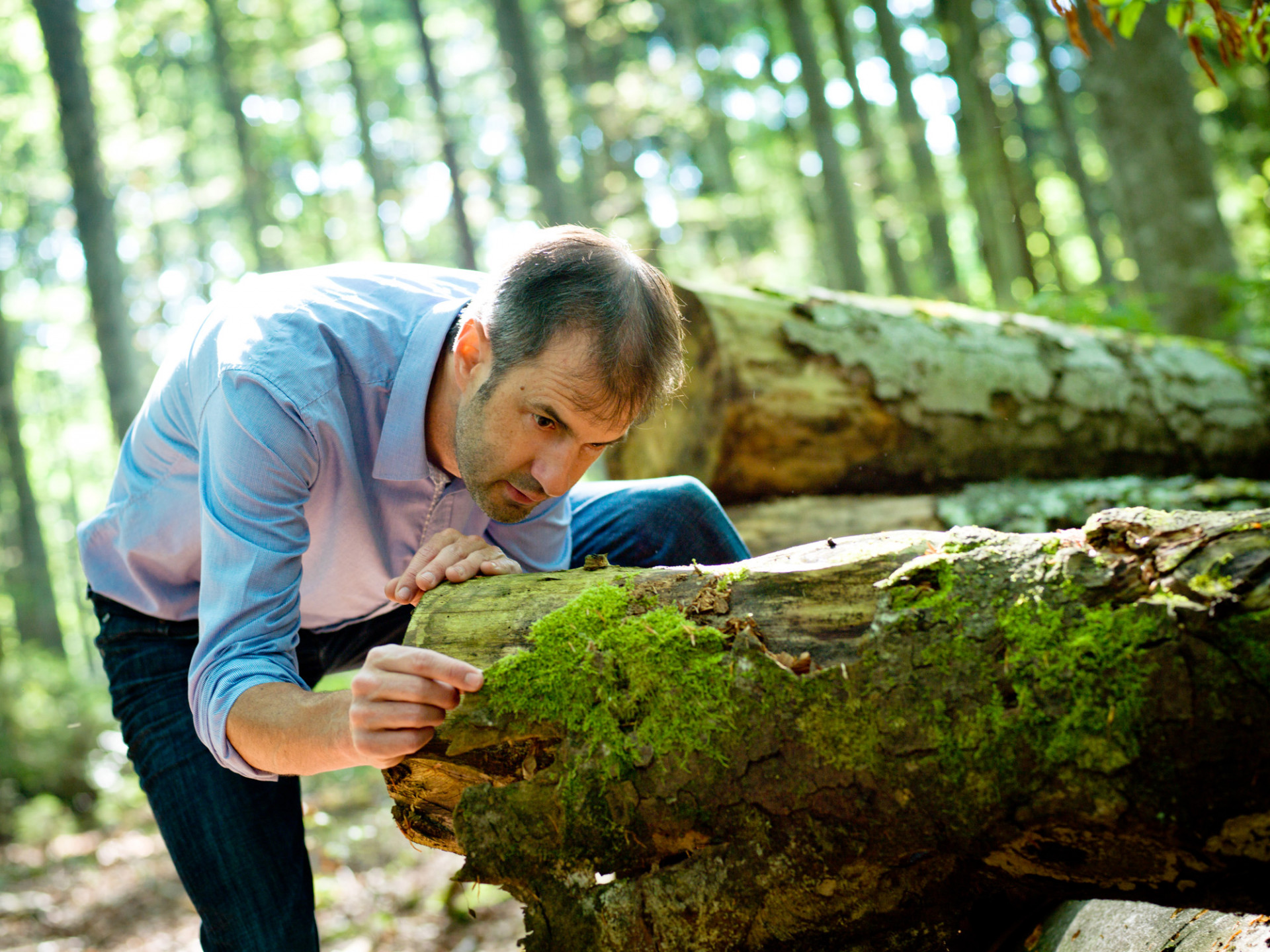
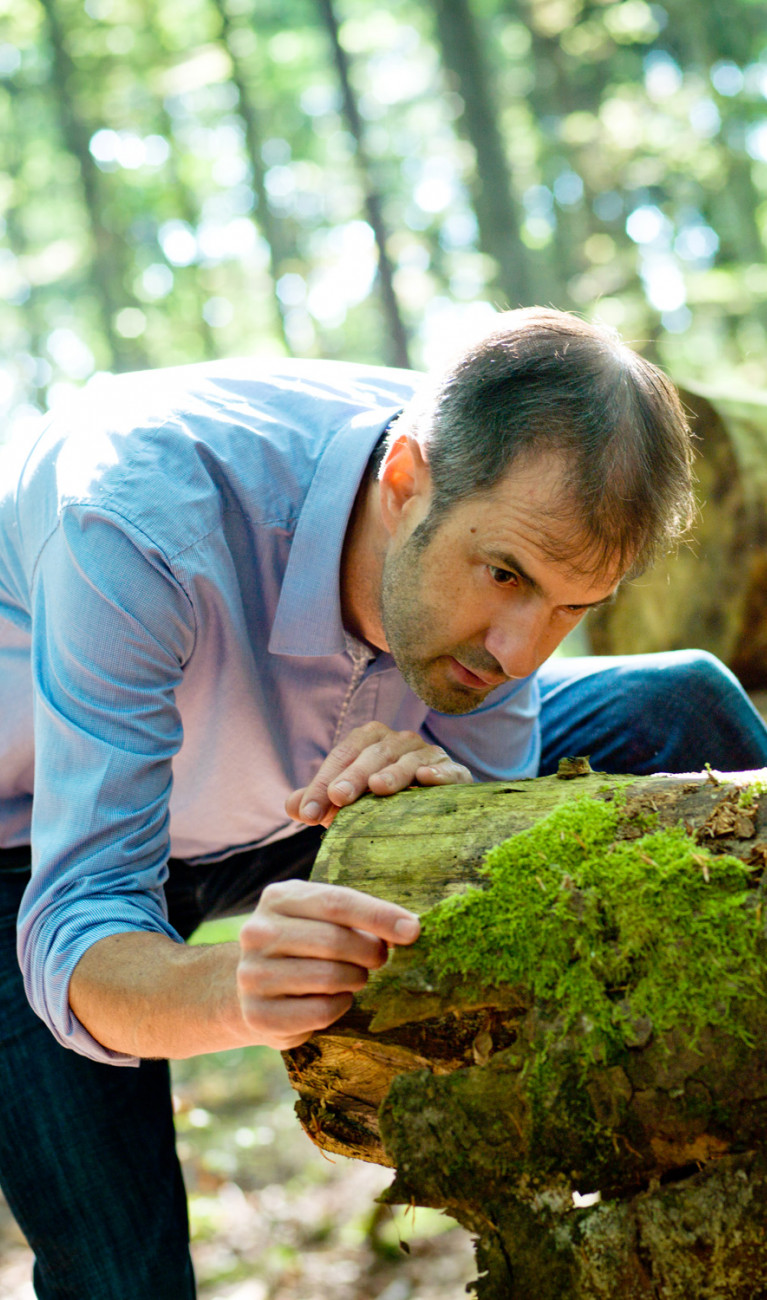
Shaped by humans
In their current form, though, Germany’s forests won’t even be able to withstand the moderate climate changes accompanying global warming of 1.5°C. Today about a quarter of the trees in German forests are spruces, and pines make up nearly another quarter. They can often be found in monoculture, planted close together in neat rows “almost like plants in a cornfield,” says Jörg Müller, a professor of biodiversity at the University of Würzburg and head of the conservation and research department at the Bavarian Forest National Park.
Our forests weren’t always like that. “They’ve been shaped by human cultivation. Starting in the Middle Ages and driven by industrialization, people planted increasing amounts of spruce throughout central Europe,” explains Müller. “Spruce trees grow relatively fast, and their straight trunks are ideal for industrial processing.” However, they suffer more than most trees from the growing heat. And with their shallow root systems, they’re especially hard-hit by the lack of water near the surface during droughts. Weakened trees are then easy prey for pests such as bark beetles, which can spread through monocultures unchecked. And then come storms that can simply knock down the brittle trunks over large areas.
One forest, many uses
Preparing our commercial forests for the climate conditions of the future will require human intervention. “How we shape our forests depends on what we want from them,” says UFZ researcher Bohn. While economical timber production was the main consideration when spruce was chosen, other forest functions are coming into focus today. Forests are carbon sinks, sources of shade, recreational areas, and air and water filters. “What’s crucial to sustainably strengthening these functions is for us to systematically transform our forests into diverse mixed woodland with a heterogeneous age structure,” says Müller. The managing director of the Hatzfeldt-Wildenburg’schen Verwaltung, one of the biggest forest owners in Germany, makes clear what that will mean for forestry in practice: “Since the 1990s, we’ve been conducting advance planting of indigenous deciduous trees” (protected by existing trees). “And we’re experimenting with foreign species like Douglas fir and sweet chestnut that we hope can cope better with heat and drought,” says Nicolaus Graf von Hatzfeldt. He is glad that his father boldly pushed such changes in the 15,000 hectares of forest managed by the family business. “Now there’s a layer of young deciduous and coniferous trees under the dying spruces in our forests. They protect the ground and are the future of our business.”
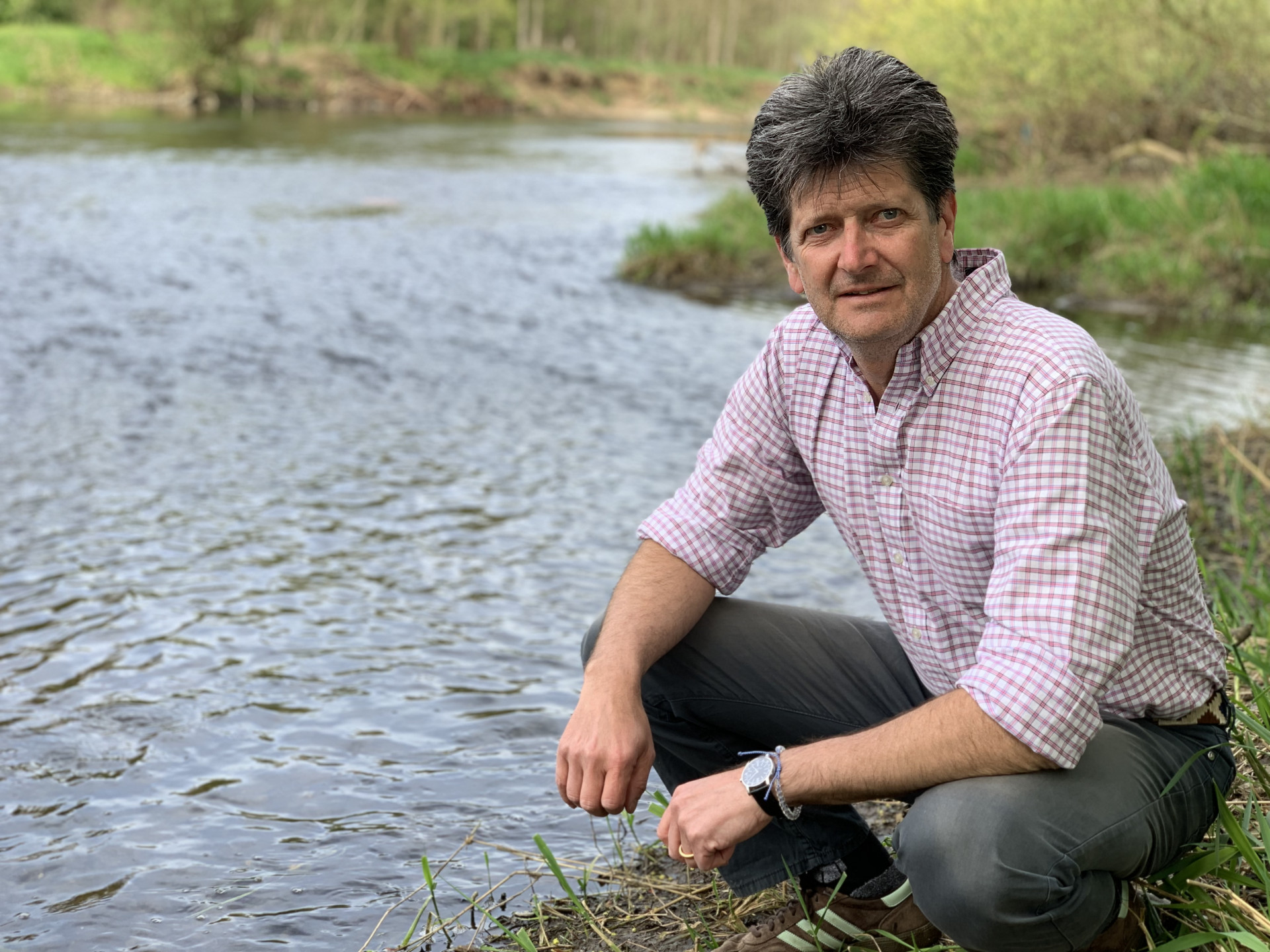
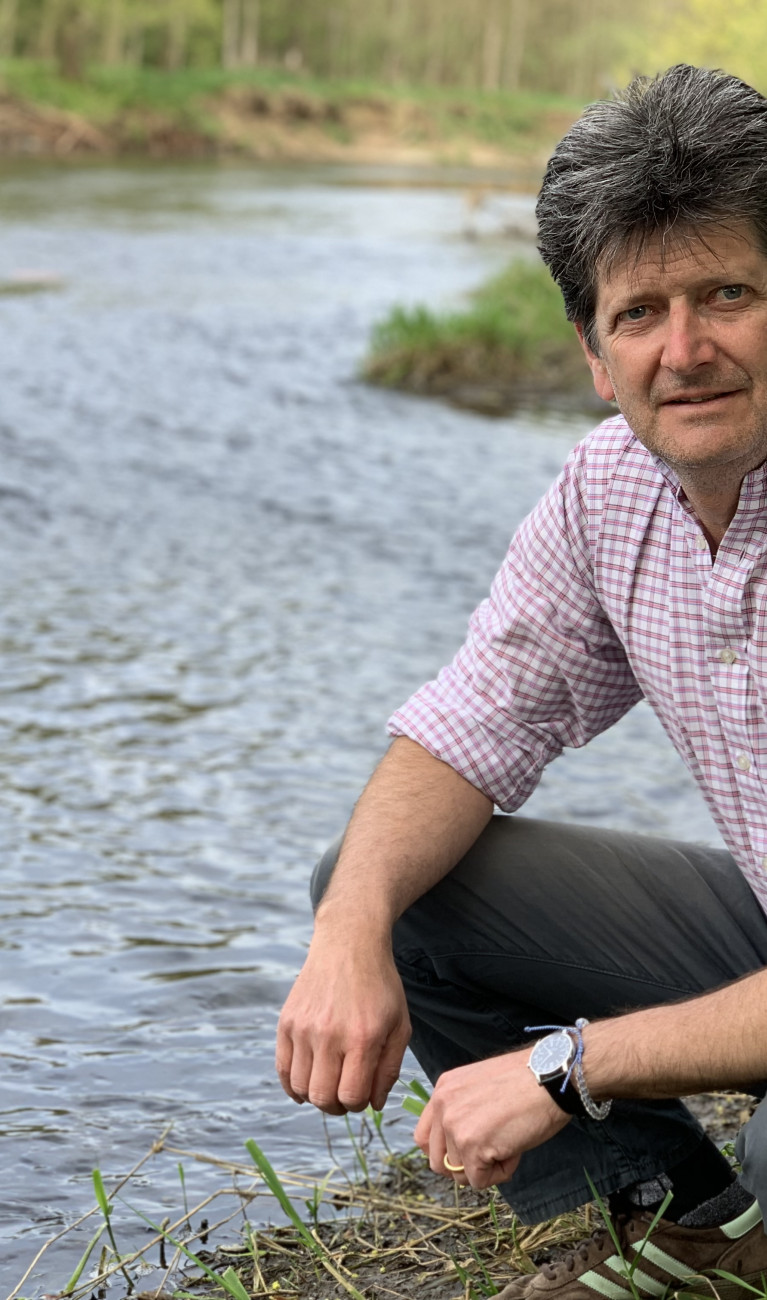
Drought brings fire danger
Von Hatzfeldt’s forests that are still dominated by spruce and pine have been thinned. “This allows the sun to shine on the forest floor so that the next generation of trees can grow up shielded by the old trees,” says von Hatzfeldt. Thinning and mixing the trees also helps to limit pest infestations. And the growing layer of new trees reduces the fire risk, which increases during severe heat and drought.
The Hatzfeldt-Wildenburg’schen Verwaltung’s areas that are richest in pine trees are in the German state of Brandenburg. As the German Drought Monitor clearly showed in summer 2022, the sandy soils there are especially susceptible to extended periods of dryness and thus to fire risk. “In consultation with the local firefighters, we developed the forest so that emerging fires could be fought efficiently,” says von Hatzfeldt. Some roads were paved and a network of wells and ponds was set up to provide water for firefighting. Fires burned more than 4,000 hectares of forest in Germany last summer, causing devastating damage in some areas. Images of charred landscapes provide graphic proof of how much climate change is weakening ecosystems even at our latitude while also destroying resources that could help protect the climate.
Deadwood: a source of nutrients or fuel for fires?
During the fires, a repeated question was whether deadwood feeds fires and should be removed from the forests. “There’s not much deadwood in a healthy forest, and only a small fraction of it can burn at all,” says Müller. “Dying trees are decomposed by fungi and lose their ability to burn very quickly.” The Hatzfeldt-Wildenburg’schen Verwaltung also leaves commercially unexploited wood in the forest, including stumps and treetops. Von Hatzfeldt likes to talk about this coarse woody debris. “The tree may be ‘dead’ but it still provides a habitat – a different one than a living tree provides. This extra habitat is vital for forest biodiversity.” Many species of small animals, amphibians and insects populate the deadwood, which has many other benefits for the forest ecosystem. Snapped trees and fallen branches provide shade, block the wind and prevent ground frost. They protect young trees from foraging animals. They soak up water and retain moisture, protecting the forest in the event of fire. Most fires start on the ground, and the moist deadwood curbs their expansion. “Under favorable conditions, a fire can burn out on its own that way,” Müller says. According to Müller, many trees can even tolerate a certain amount of fire and recover from it completely.
Capturing the value of ecosystem services
Sustainable forest management includes the appropriate use of wood as a raw material. A sustainable wood product is one that binds its stored carbon for at least as long as a new tree takes to replace it. Many short-lived pulp and paper products are currently made from wood, which is also used as a fuel. “A piece of deadwood in the forest binds carbon about five times as long as the average product we make out of wood,” says forestry expert Prof. Jörg Müller. There are also many ways to use wood in construction. “It can bind carbon there for centuries,” says UFZ researcher Dr. Friedrich Bohn. However, this will ultimately require us to rethink and rearrange the entire production chain, from sawmills to construction engineers.
Not all forests are healthy
More than 80 percent of the spruce trees in Harz National Park are now dead, according to the park’s director, Dr. Roland Pietsch. As in the Saxon Switzerland National Park, there are special areas here where earlier spruce and pine monocultures have been left alone for decades for conservation reasons. Leaving deadwood as a source of nutrients for future generations of trees is part of the conservation strategy of these parks.
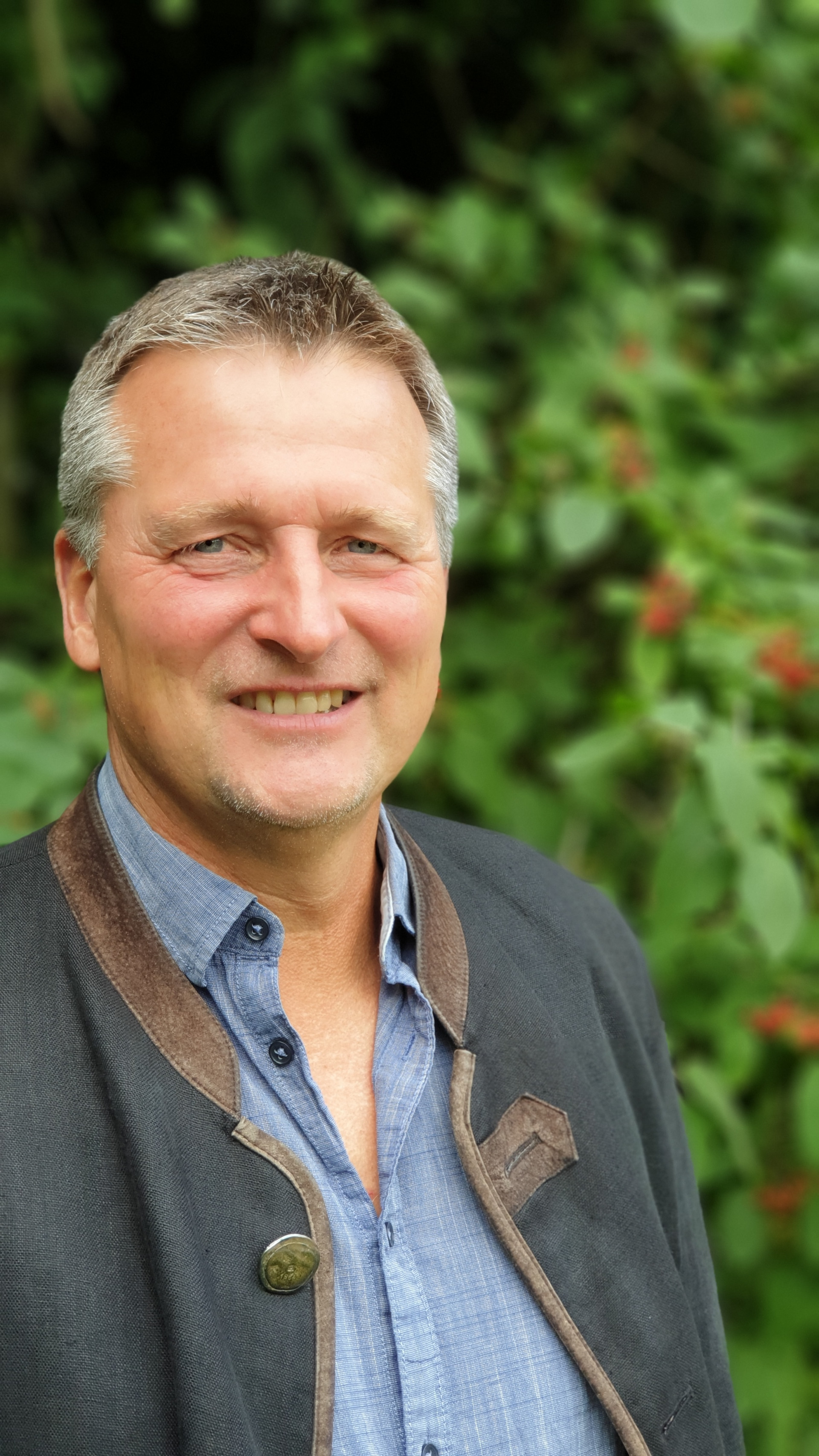
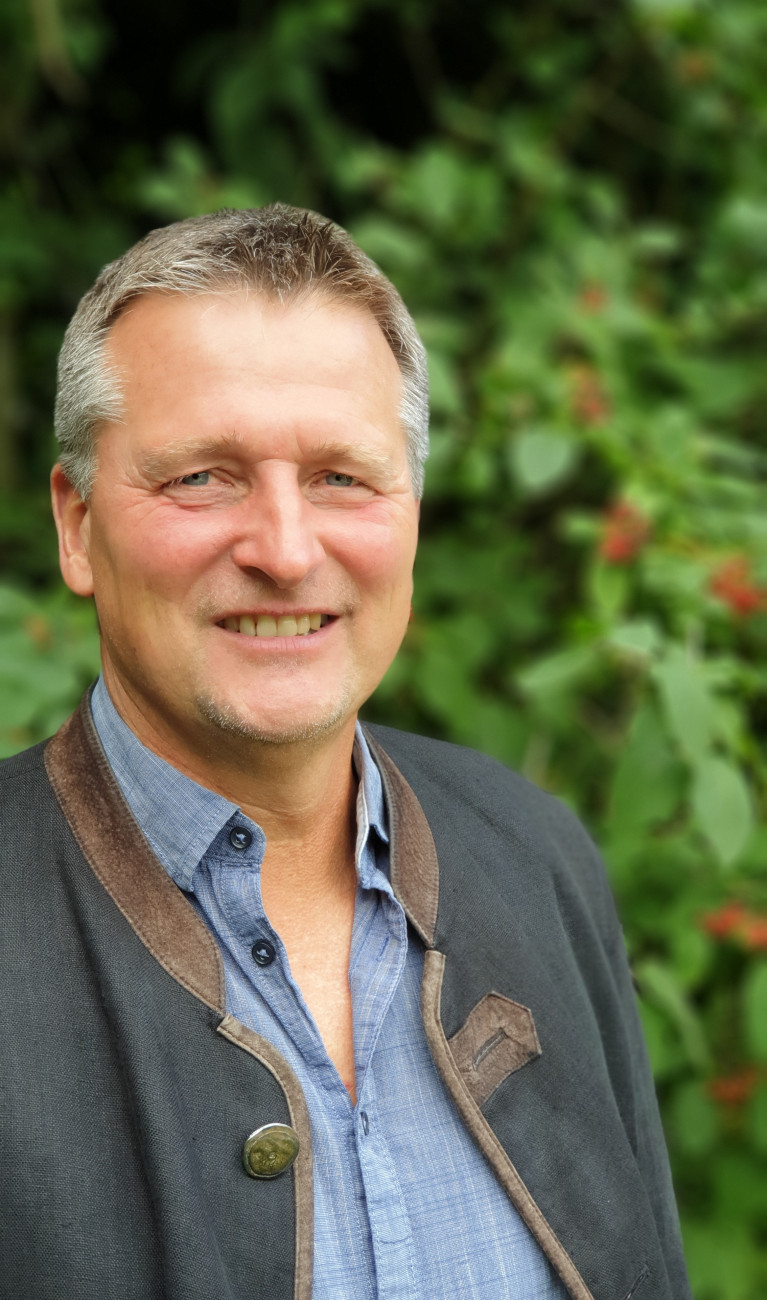
Fires are very difficult for firefighters to reach where such large quantities of dry wood gather on the ground. They can also burn very intensely, leaving behind an altered landscape. But the national park managers don’t see large-scale removal of the deadwood as an option for fire prevention. They say it’s technically infeasible and makes no sense at all economically. “The job would tie up forestry equipment for years, equipment that commercial forestry needs much more urgently to clear ground for planting,” explains Pietsch. “Besides, it would completely ruin the sensitive natural soil structure, which is exactly what promotes the rapid growth of new vegetation.”
Even in heavily burned areas in central parts of the national parks, nature is managing the transition on its own. “The wind brings the seeds of grasses and weeds first. Later come shrubs, and finally wind and animals bring in the trees,” Pietsch says in describing what he expects to happen in Harz National Park. Where wood is still on the ground, it protects and nourishes the new vegetation. “In the beginning, even the ash can promote growth. A new forest will grow over the centuries, naturally adapting to the surrounding area.”
